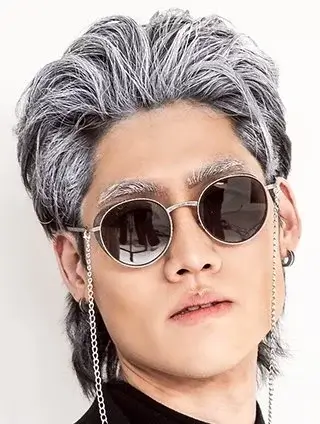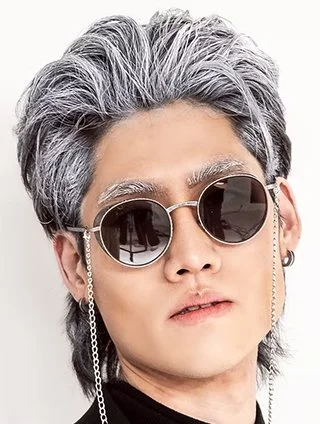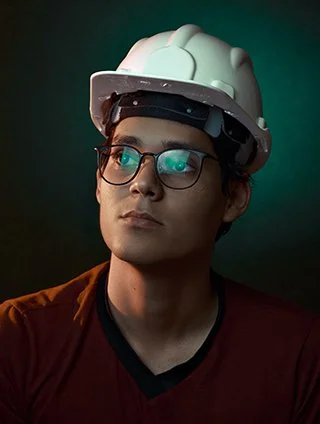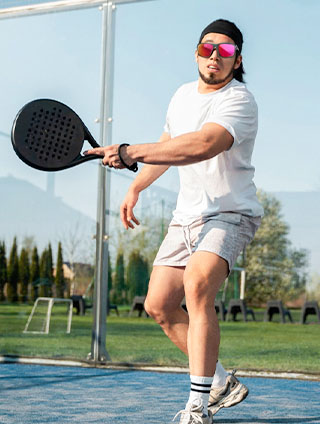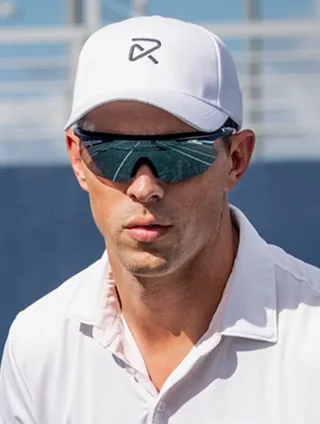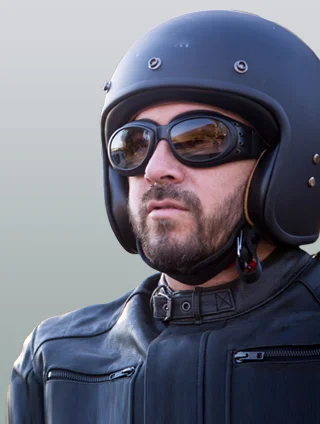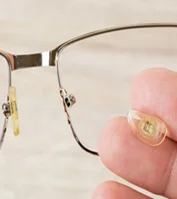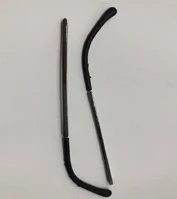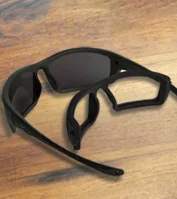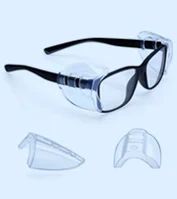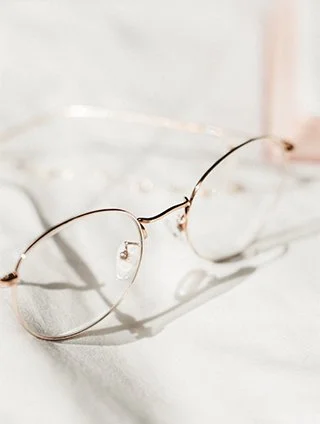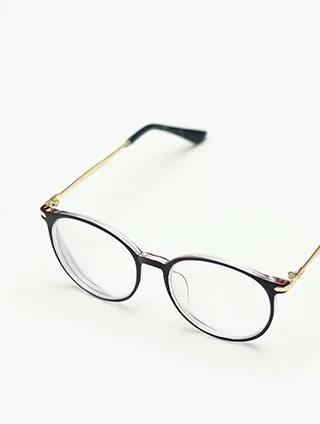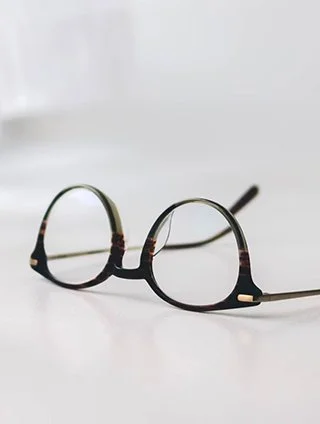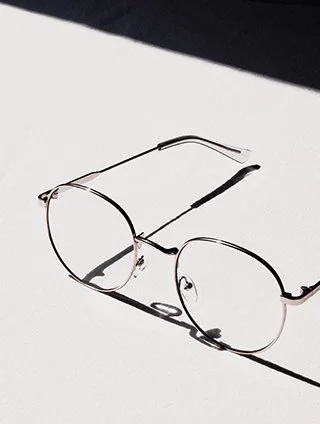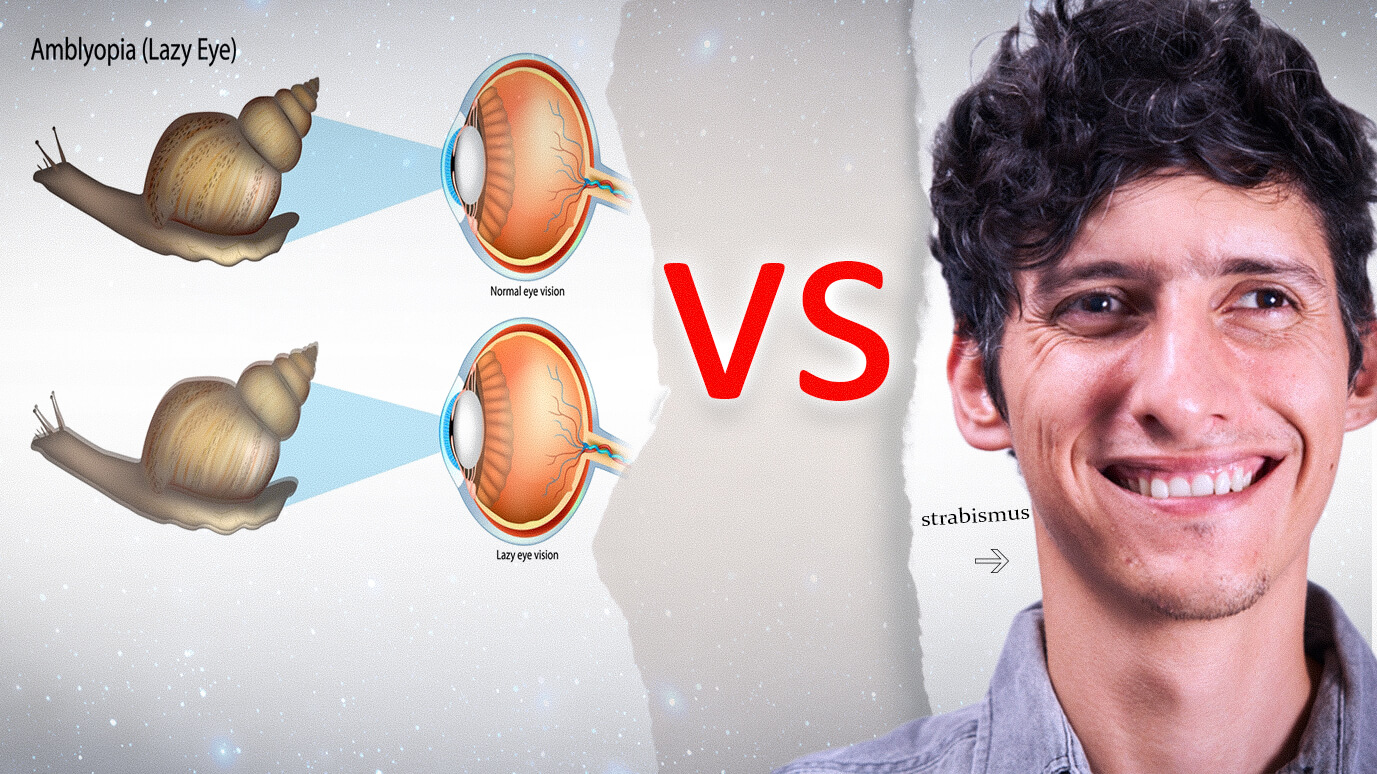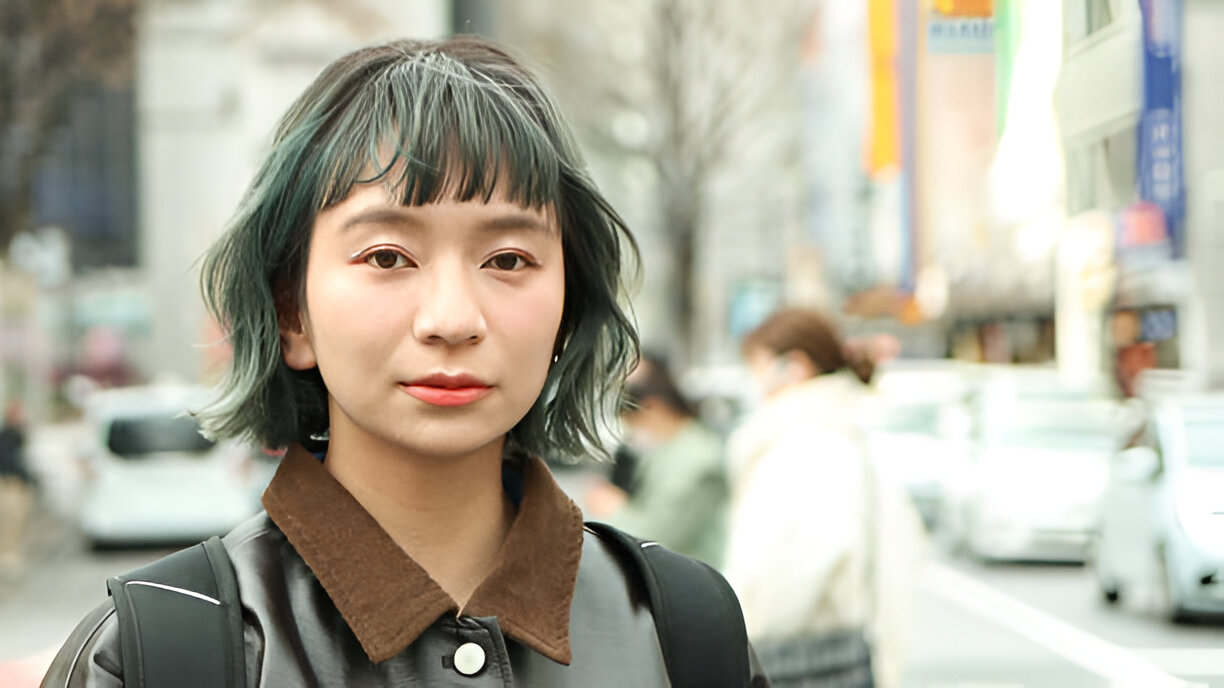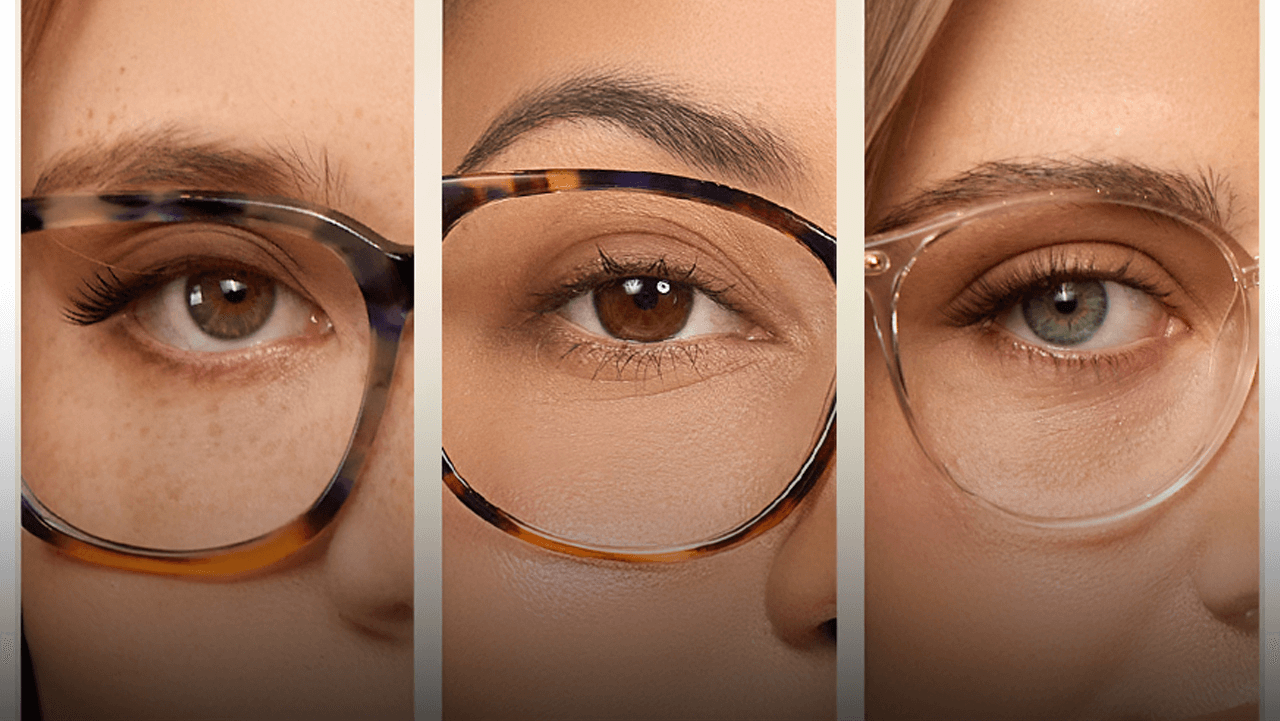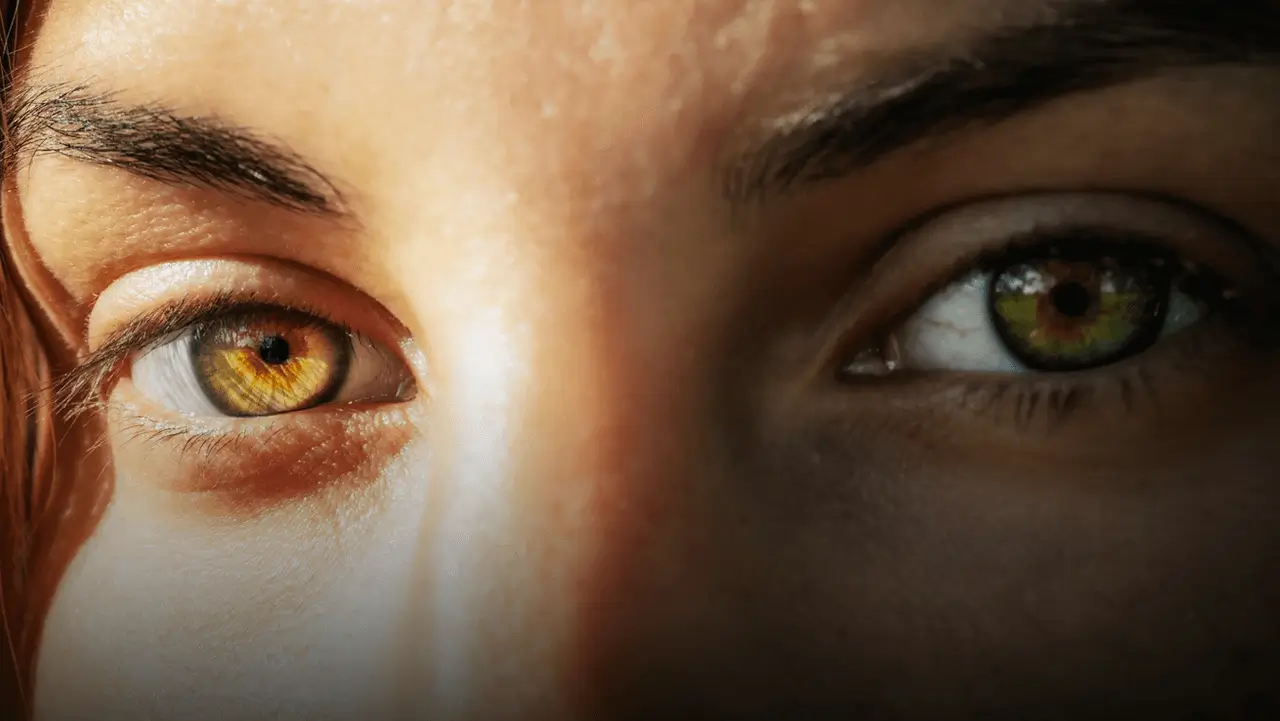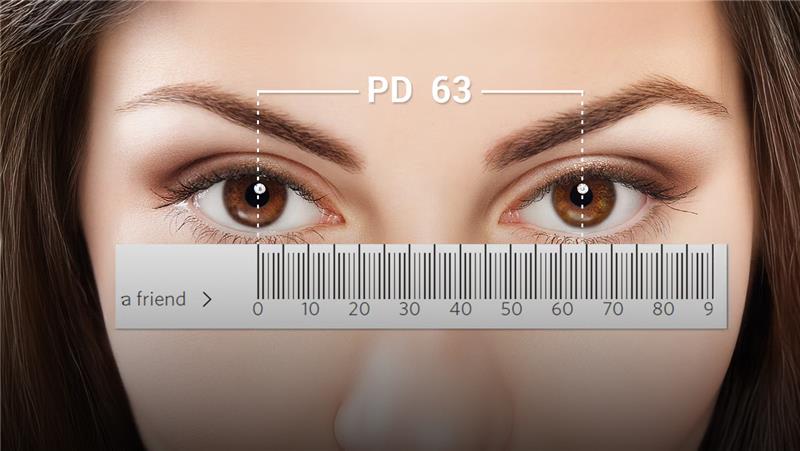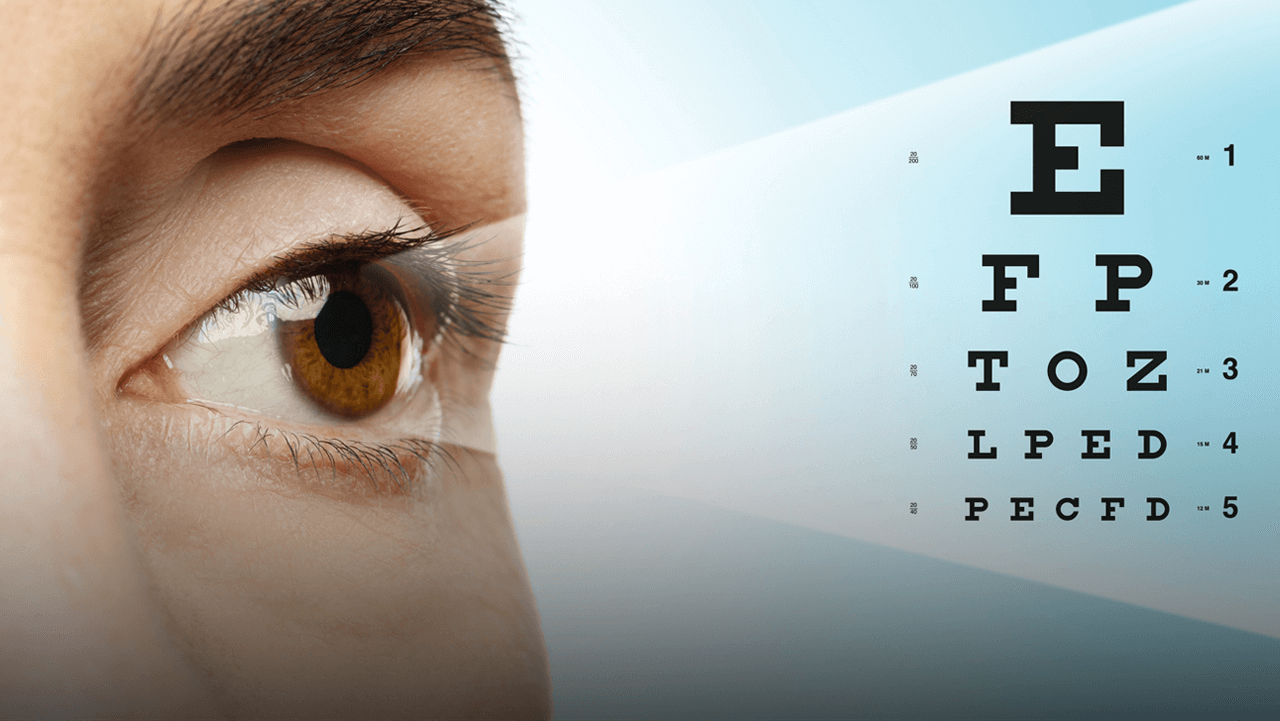Last updated: Wednesday, January 22, 2025
Given the similarities between amblyopia and strabismus, distinguishing between the two functional vision disorders can be challenging. We created a side-by-side comparison and included advice on what to do if you believe you are experiencing either (or both) of the problems!
What Setting Apart Amblyopia from Strabismus?
When one or both eyes are not looking in the same direction at the same moment, it is known as strabismus. Visual acuity or eyesight is the issue with amblyopia. An amblyopia sufferer cannot see clearly in one or both eyes, not even with prescription glasses. As a result of inadequate eye teaming development, both conditions are functional vision issues.
Functional vision problems can be treated at any age just like any other vision problems. Generally, functional vision means the way your visual system as a whole—the eyes the brain, and the visual pathways—all work together to enable you to interact with the world around you. They comprise the visual skill domains of eye movement eye teaming and eye focusing.
Amblyopia VS Strabismus

Strabismus
The slang term for strabismus is crossed eyes. The disorder known as strabismus causes both eyes to not focus on the same object at the same moment. It happens when one or both eyes occasionally or constantly turn in out up or down.
Causes
One of the three visual skill areas that comprise functional vision eye teaming is severely impaired in strabismus. The brain finds it challenging to combine the images from both eyes into a single three-dimensional image because the eyes are pointing in different directions.
Kinds
The following factors identify the different types of strabismus.
- The direction of eye movement.
- The eye turns direction.
- How often do the eyes turn?
- The volume of eye movement.
- If all gaze positions have the same turn.
Amblyopia
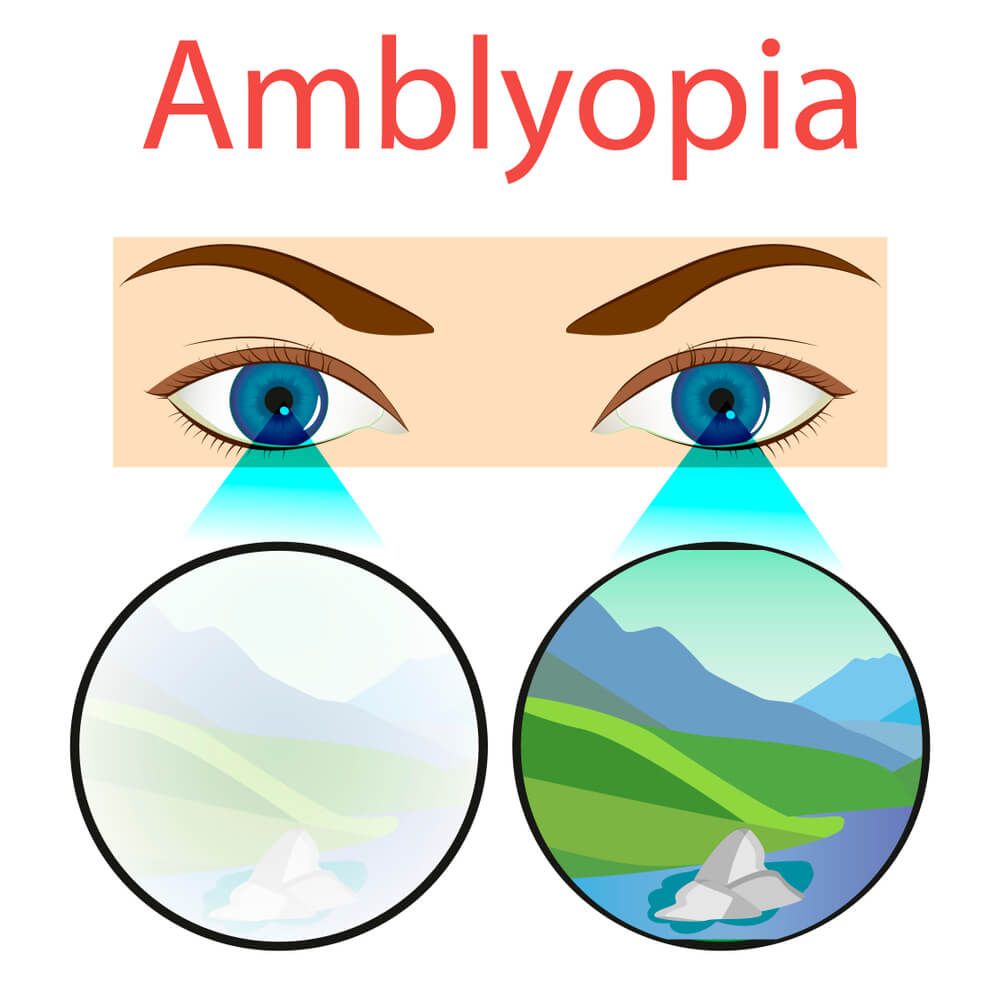
Lazy eyesight is known as amblyopia. The inability of one or both eyes to develop clear vision for reasons other than an ocular health issue that cannot be resolved with glasses alone is known as amblyopia.
Causes
The brain turns off or suppresses one of the two images when it cannot properly combine the images from the affected eye. Amblyopia can develop in an eye if an image from that eye is consistently suppressed. The brain never develops the ability to see well with both eyes when there is impairment in one or both of them.
Kinds
Affected eyesight suppression occurs in one or both of the three forms of amblyopia. The suppressions underlying cause is where the differences lie. A high prescription that is not adjusted in one or both eyes results in refractive amblyopia. An uncontrollably turned eye in one eye causes strabismic amblyopia. A condition known as deprivation amblyopia is the result of one's eyes and vision being compromised by physical issues.
What Is Strabismus Surgery?

Children who have squint often require surgery. Although it can typically be completed in a single day there is a considerable risk of PONV so appropriate prophylaxis must be given (as previously mentioned). It's crucial to be aware of the OCR especially when doing operations that involve the medial rectus muscle.
The patient typically breathes on their own during the majority of procedures, but it's crucial to remember that severe hypercapnia can cause the OCR to become more noticeable. OCR incidence is decreased by topical local anesthesia.
Simple analgesics are typically sufficient to treat mild pain. The most recent research does not support the suggested link between strabismus surgery and malignant hyperthermia.
Types Of Strabismus Eye Surgery?
One or both of your eyes may require surgery to correct strabismus. When surgery is performed on both eyes it is referred to as bilateral strabismus surgery. Resection is the word for cutting a muscle to make it shorter. The act of folding a muscle over to make it shorter is known as palliation. The process of pulling a muscle back to loosen it up is called recession. In the recovery area or clinic, shortly after strabismus eye surgery in the operating room, a provider may adjust the muscle sutures to correct for any residual misalignment.
Signs Of Eye Infection After Strabismus Surgery
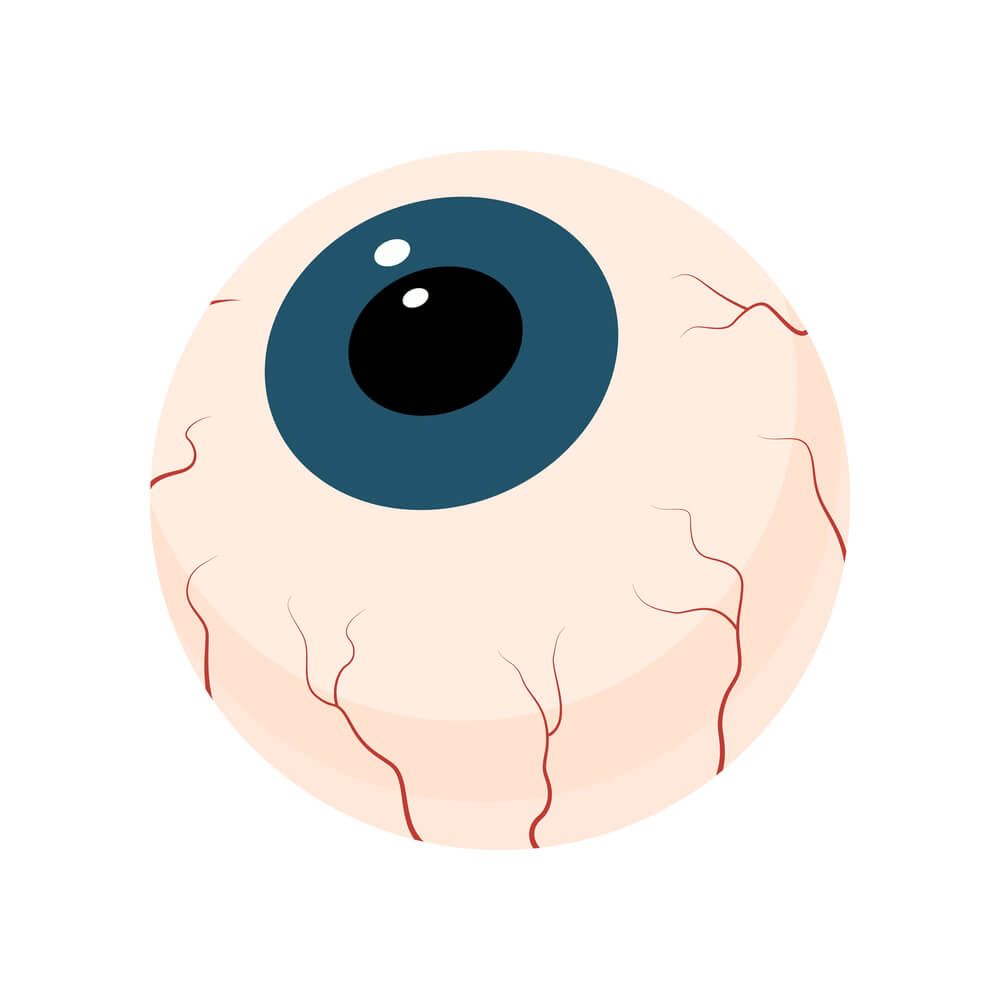
Following strabismus surgery, you'll have red hurting eyes. Some people get a foreign body sensation, which makes them feel as though something is lodged in their eyes. This is the result of the sutures, and over the next six weeks, the sutures will dissolve and disappear. It is normal to have blood in the surgical site either in the inside or outside corner of your eye. This should go away in two to three weeks. In the initial days following surgery, you might also feel the following symptoms.
- Swollen eyelids.
- Sensitivity to light.
- Mild visual haze.
- Having two eyes.
Many ophthalmologists will prescribe an antibiotic eye drop or ointment for a few days after surgery. To avoid surgical problems, do what your doctor instructs. You should anticipate spending the next several days following surgery resting and not moving at all. Your doctor will notify you when it is safe for you to resume your normal activities, which is often a few days following surgery. After surgery, avoid saunas, hot tubs, and swimming pools for three weeks to reduce the risk of infection.
Strabismus Surgery Cost
Without insurance, the strabismus surgery cost could be anywhere from $5000 to $10000. Fortunately, the procedure is usually covered by insurance, which significantly reduces the amount you must pay out of pocket.
What Affects the Price of Strabismus Surgery?
The severity of the condition and whether or not your insurance will pay for the entire procedure are two factors that affect the cost of strabismus surgery. Additional variables affecting the cost of strabismus surgery are as follows:
- The location of the hospital.
- The insurance network membership status of your surgeon.
- Preoperative care and potential postoperative care.
- A sedative or anesthesia.
- In rare cases of strabismus surgery, nurses or extra surgeons.
- Medical doctor bills.
Because of its widespread medical necessity, strabismus surgery is typically not regarded as cosmetic surgery. This will significantly raise your out-of-pocket expenses if you don't have health insurance. Certain facilities will lower their fees for people without insurance in specific situations. Surgery for strabismus typically costs between $5000 and $10000. More money could be spent on severe or complicated cases, like those requiring adjustments from a previous surgery.
How Long Is Strabismus Surgery
Depending on the severity of the case, multiple procedures may be necessary besides surgery, which is the most common treatment for strabismus. The following are the usual steps in the process according to the American Association for Pediatric Ophthalmology and Strabismus:
The surgeon identifies:
- The injured muscles lead to improper alignment of the eyes.
- After excising surplus muscle the remaining muscle is sutured.
- Next, the muscle is either completely removed or folded (plication).
After that, the muscle is affixed to the eye again. The surgeon must choose the best kind of suture after this portion of the procedure is complete to guarantee that the eyes are in the best position for the longest amount of time. Depending on the kind of strabismus surgery they can select one of two options.
- Conventional strabismus surgery: Following the procedure a permanent knot will be fashioned.
- Adjustable suture technique: This lets the surgeon tie a temporary knot that can be readjusted usually a few hours or days after the procedure based on how long the patient needs to adjust. The patient will have their eye covered by a patch while adjustments are made.
Depending on the type of surgical technique, employed costs may differ slightly. Anesthesia or sedation will be used during surgery which will also increase the ultimate cost. Typically, adults undergo localized anesthesia following strabismus surgery, whereas children are usually completely sedated.
Following surgery, the eye will be treated with an antibiotic or steroid eye drop. A prescription for eye drops might also be given to some patients. These prescriptions will come with costs. Usually, you will only have to pay the copay for your prescription drugs if you have insurance.
Options for Other Therapies?
A strabismus patient may not always require surgery. You will save a significant amount of money on treatment if your strabismus case qualifies for nonsurgical care. For milder cases of strabismus, the following therapies are options.
Eye Exercises
These exercises increase coordination and help both eyes focus on the same object.
Prescription Glasses
For this condition, glasses or contacts are frequently the first line of treatment. APPLYING. For several hours every day, the stronger eye is covered with a patch. In most cases, this enhances alignment and binocular vision while also helping the brain make better use of the weaker eye.
Injections Of Botox
Children who had strabismus correction surgery but did not fully recover from the procedure have shown promise in responding to Botox treatments. Adults can use Botox to weaken the muscles and allow their eyes to return to their natural position.
Eye Exercises For Strabismus

An issue affecting the nerves and muscles that control the eyes can result in strabismus. Convergent techniques are the eye exercises for strabismus that are most frequently suggested and they can be helpful.
Pencil Pushups
Another name for pencil pushups is near point of convergence exercise which aims to focus both eyes on the same spot. With your pencil held at arm's length and your focus fixed on one spot slowly bring it closer to your nose. Move the pencil away and restart if you notice two pencils when the image becomes out of focus. Perform your exercise routine multiple times a day.
Brodie String
The purpose of the Brodie string exercise is to enhance visual acuity through the use of a five-foot-long string with three evenly spaced beads of different colours. Attach one end to a stationary object like a chair or rail and press the other end firmly up against your nose. Focus on the closest bead until you observe that two strings are forming an X, one with duplicates at each end and the other two with the targeted bead at the intersection. You must refocus if the bead is not precisely at the intersection. The furthest bead will be at the intersection of two strings forming a V and the other beads will be duplicated once more. Continue with the 2nd and 3rd beads.
Barrel Cards
Especially helpful for exotropia are barrel cards. Sketch three barrels perpendicularly on a piece of paper. These barrels will first be small then medium and finally large. They will be painted red on one side and then green on the other. Squeeze the card so that the red barrels are visible with one eye and the green barrels with the other by holding it vertically and pressing the edge up against your throat. The two barrels should blend into a single image if you concentrate on the barrels that are the furthest apart. Proceed to repeat the process for the barrels in the middle and the closest barrels after five seconds.
How To Fix Cross Eyes Naturally?
Proper visual hygiene avoiding excessive screen time, regular vision therapy sessions, specific eye exercises, maintaining good overall eye health through a balanced diet and regular eye care are all natural remedies for squint eye. It is imperative to acknowledge that expert counsel and suitable therapeutic approaches are essential for the successful management of squint eyes.
How To Fix Cross Eyes Naturally In Babies?

As soon as feasible, strabismus treatment should start. This is because by the time a child reaches the age of eight important connections between their eyes and brain begin to form. Some strabismus treatments are as follows.
- Eyeglasses.
- Using eye patches.
- Eye drops.
- Muscle surgery for the eyes.
Sometimes correcting vision simply requires wearing glasses. Should that not be the case a child may be prescribed an eye patch to cover the affected eye for a few hours each day. The weaker eye performs the function of seeing thanks to this patch.
With time the weaker eyes muscles and vision get stronger. Adopting an eye patch on a baby or toddler can be difficult. However, most children grow accustomed to the patch. Wearing it turns into a daily ritual much like putting on clothes in the morning.
However, there are instances when children object to donning an eye patch. Then atropine eye drops may be applied in its place. The atropine drops momentarily obstruct the straight eyes vision much like an eye patch does. By forcing the weaker eye to work harder, this improves vision and the muscles in the eyes.
Surgery on the eye muscles may be necessary if atropine drops eye patches and/or spectacles cannot correct a child's strabismus. During surgery, the muscles that cause the eye to wander are either tightened or loosened. Most children recover enough to return home the same day of surgery.
What Else Do I Need to Know?
The best way to identify strabismus is through routine eye exams. A child's chances of having straight eyes developing healthy vision and learning to perceive depth are all improved by early diagnosis and treatment. However, treatment can still be beneficial for older children and teenagers with strabismus as well as many adults. Remember the social component of strabismus as well. In both adults and children, aligned eyes are crucial for a positive self-image.
FAQ's
Is lazy eye strabismus or amblyopia?
"Lazy eye" refers to amblyopia, a condition where one eye doesn't achieve normal visual acuity, often because the brain favors the other eye. Strabismus, on the other hand, is a misalignment of the eyes, such as crossing or drifting outward. While strabismus can lead to amblyopia if untreated, they are distinct conditions.
Lazy eye surgery cost?
The cost of surgery to correct strabismus, which can be a cause of amblyopia, varies based on factors like location, facility, and insurance coverage. On average, without insurance, the cost ranges from $5,000 to $10,000. However, many insurance plans cover this surgery, significantly reducing out-of-pocket expenses.
Difference between amblyopia and strabismus?
Amblyopia is decreased vision in one or both eyes due to abnormal visual development early in life, often because the brain and the affected eye aren't working together properly. Strabismus is a physical misalignment of the eyes, where they point in different directions. While strabismus can cause amblyopia, not all amblyopia cases are due to strabismus.



